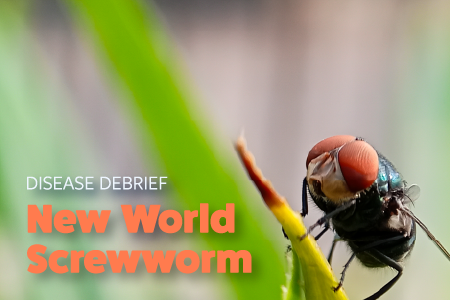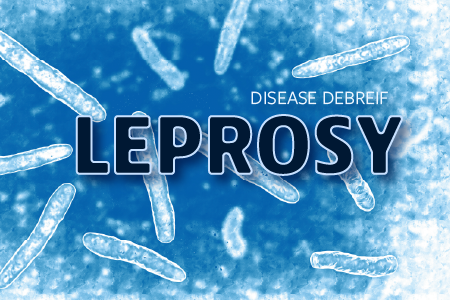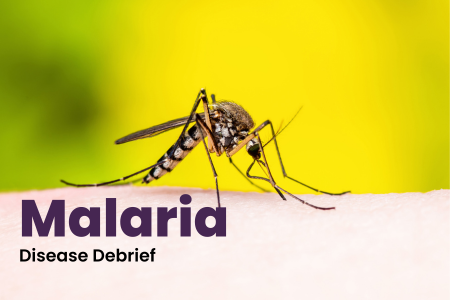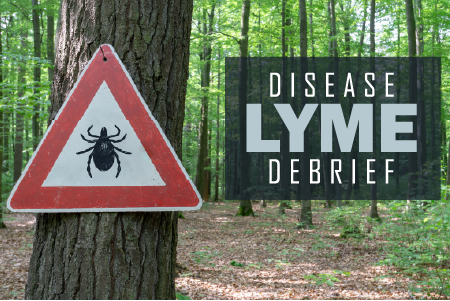Chikungunya virus (CHIKV) is an arbovirus that causes Chikungunya fever. The virus was first detected in Tanzania in 1952. Since then, it has spread to over 110 countries: outbreaks have occurred in Africa, the Americas, Asia, Europe, and islands in the Indian and Pacific Oceans. The expansion of the range of Aedes aegypti and Aedes albopictus mosquitoes because of climate change may further the spread of infection.
Join us for a review of the challenges, successes, and best practices in resourcing antimicrobial stewardship programs.
Respiratory Syncytial Virus (RSV) is a very common virus that causes infections of the respiratory tract. Other than monitoring for symptoms, most used RSV are diagnosed clinically. Most RSV infections go away on their own in 1-2 weeks.
New World Screwworm (NWS) is a very painful disease, characterized by the presence of maggots/larvae around or in a wounded area. Thought to have been eradicated in wildlife and livestock in the USA, there was a resurgence of NWS in Mexican cattle, and the first-ever native human case of NWS in North America was reported.
Leprosy, also known as Hansen’s disease, is caused by the bacterium Mycobacterium leprae. This chronic infection primarily targets the skin, peripheral nerves, mucosa of the upper respiratory tract, and ocular tissues, leading to disfiguring sores and nerve damage.
Malaria is a parasitic infection spread to humans by female Anopheles mosquitoes. The single-celled parasites are in the genus Plasmodium. Typically, four kinds of malarial parasites infect humans, Plasmodium falciparum, P. vivax, P. ovale, and P. malariae. P. Knowlesi, a type of malaria that naturally infects macaques in Southeast Asia, may also infect humans, causing malaria that is transmitted from animal to human.
Listeriosis is a serious infection caused by Listeria monocytogenes, a bacterium commonly found in the environment. The bacterium can contaminate various foods and water sources:although cases are relatively rare, outbreaks can be of serious public health concern Rates range from 0.1 to 10 cases per million people annually, depending on the countries and regions of the world.
Lyme disease is a bacterial infection caused by Borrelia burgdorferi. It spread through the bite of infected ticks. Ticks attach to any part of the human body but are often found in hard-to-see areas. In most cases, the tick must be attached for at least 24 hours before Lyme disease can be transmitted.
Marburg virus is the causative agent of Marburg virus disease (MVD) formerly known as Marburg haemorrhagic fever. MVD is a zoonotic infection, transmitted from animals to humans. It is a highly virulent disease that causes hemorrhagic fever with an 88% fatality rate. The virus can spread by human-to-human contact with blood, body fluids and by contact with infected body fluid objects.
In this webinar, PHAC shares updates on RSV, seasonal influenza and avian influenza, and presents NACI immunization guidance for these respiratory viruses.
Join us for a panel discussion highlighting progress on antimicrobial stewardship in three provinces and exploring ways to move forward on shared commitments to tackling antimicrobial resistance.
This narrative review summarizes Canada’s progress in resolving drinking water advisories on federally-funded First Nations reserves (Canada’s Target 6.1.1 of the United Nations Sustainable Development Goal 6), as well as climate change threats to water safety. The findings emphasize the need for public health efforts focused on health equity, upholding Indigenous rights, and climate resilience.








